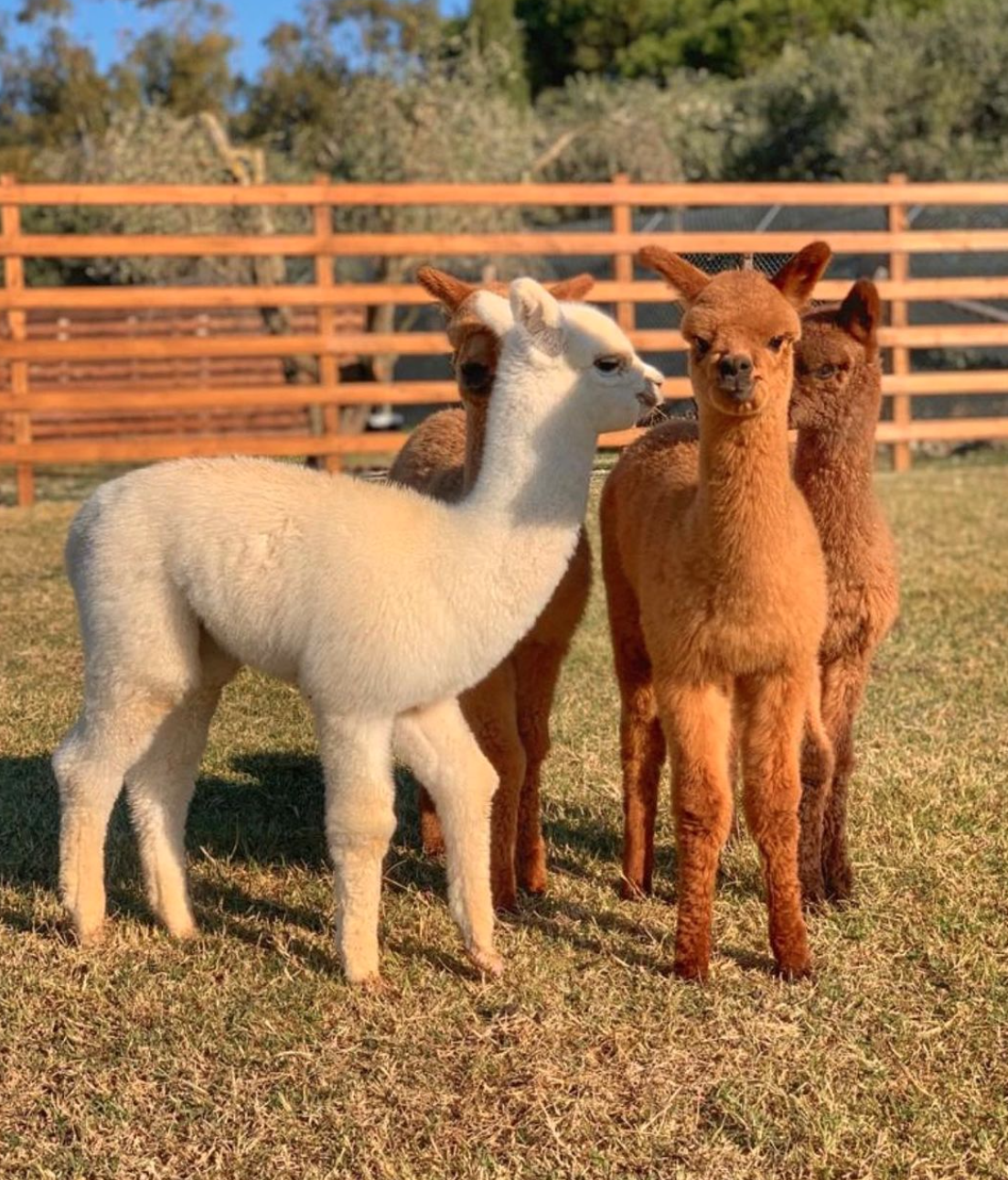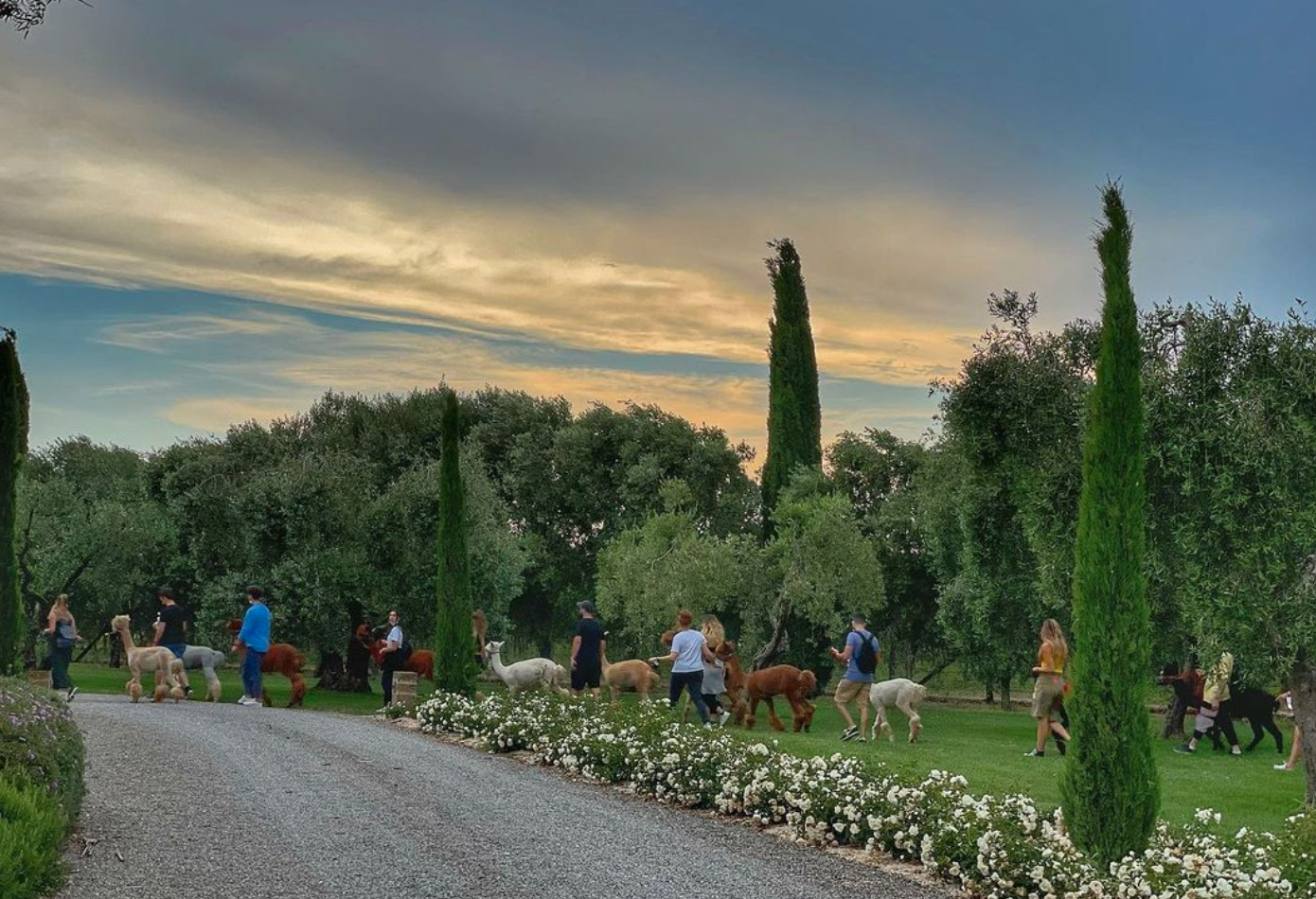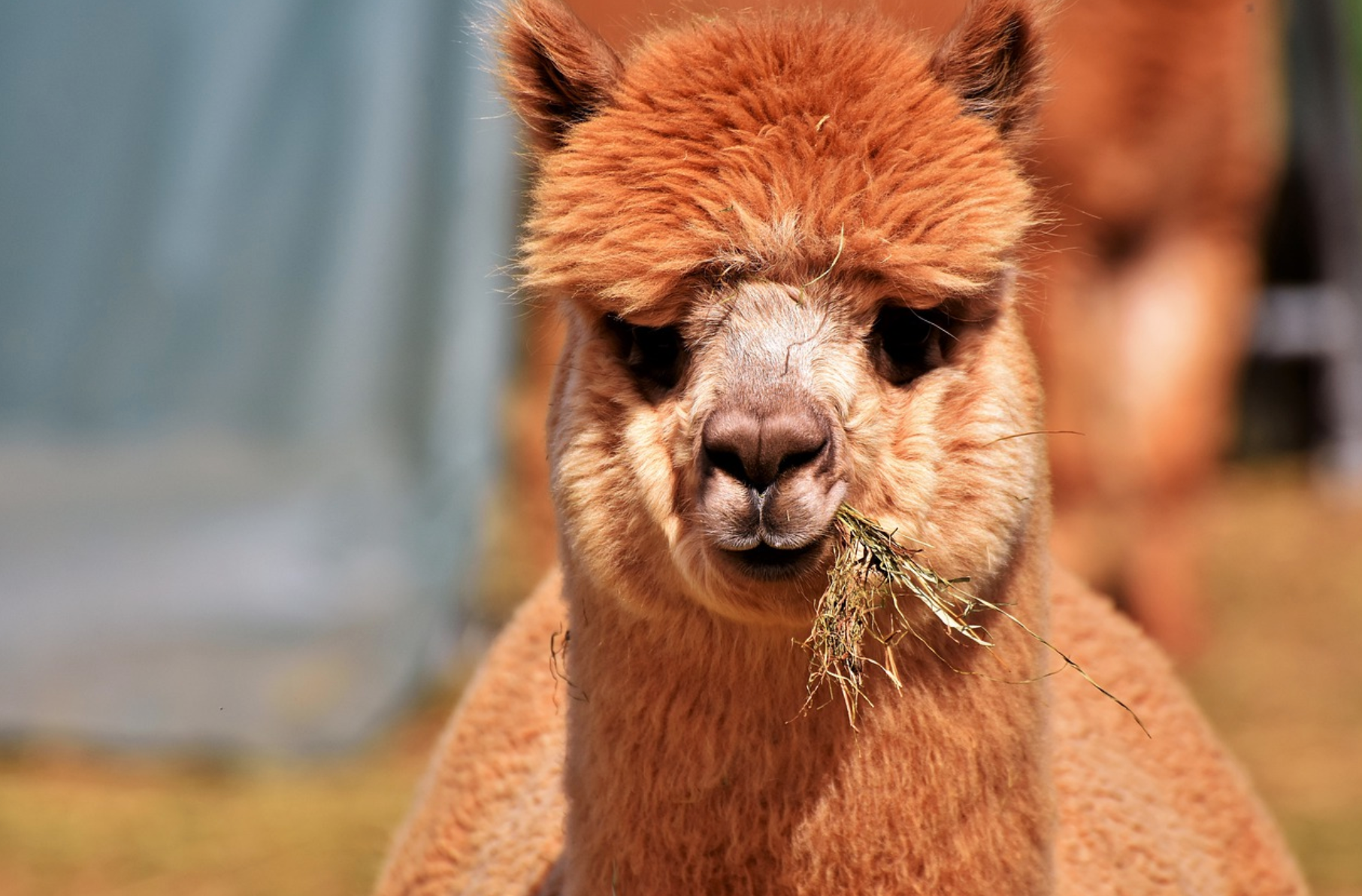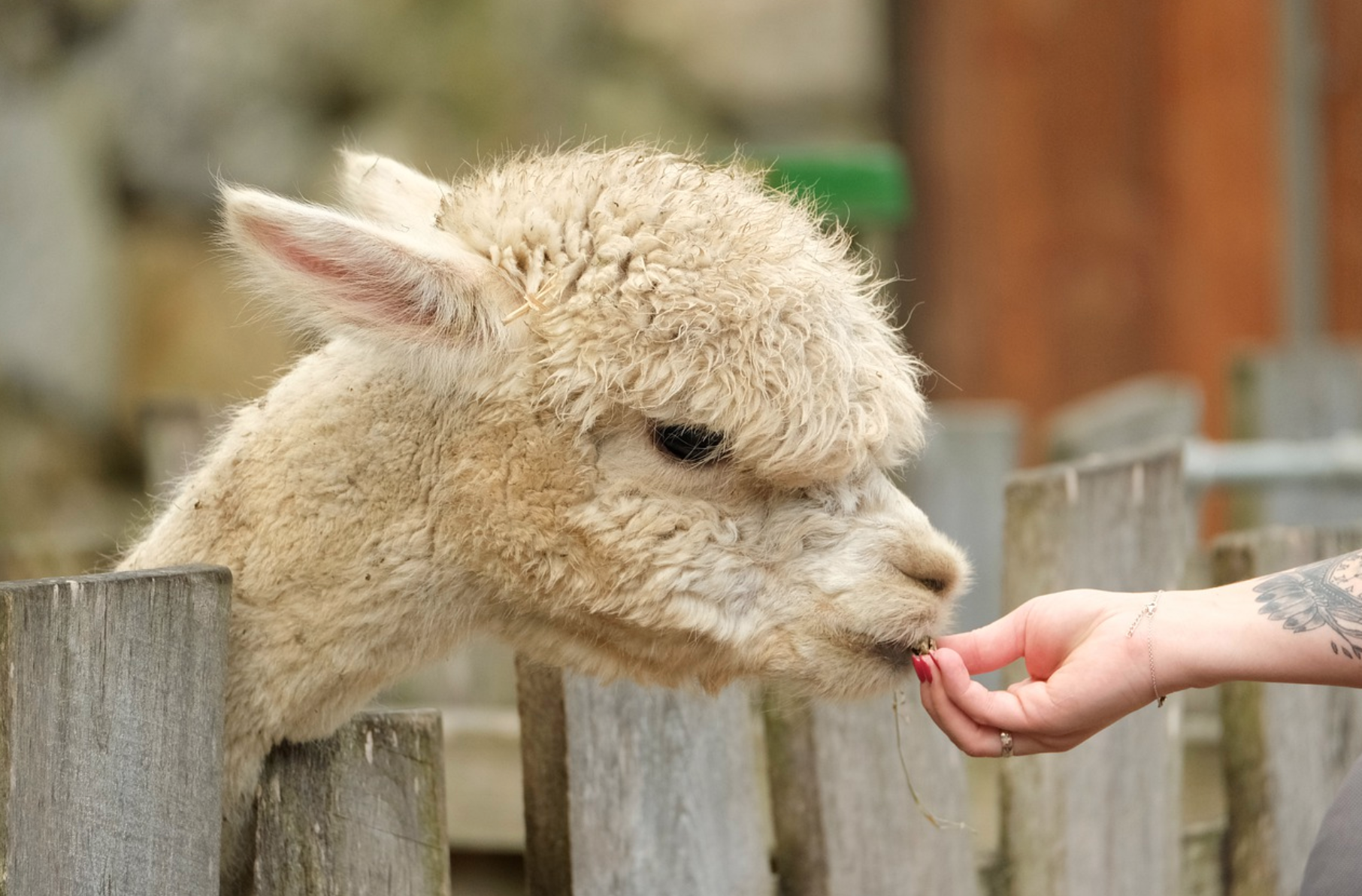Visit in the House of Alpacas
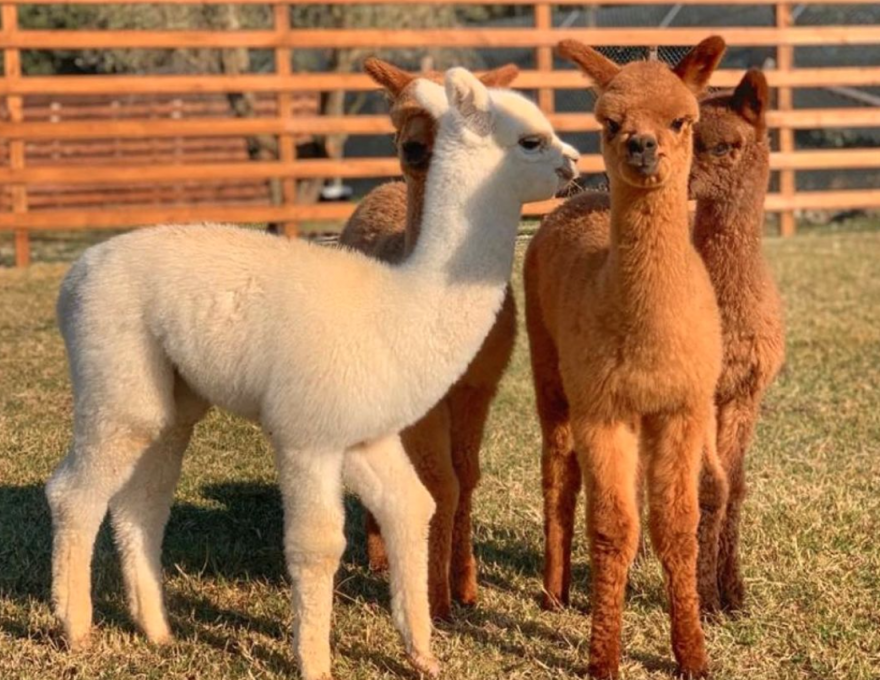
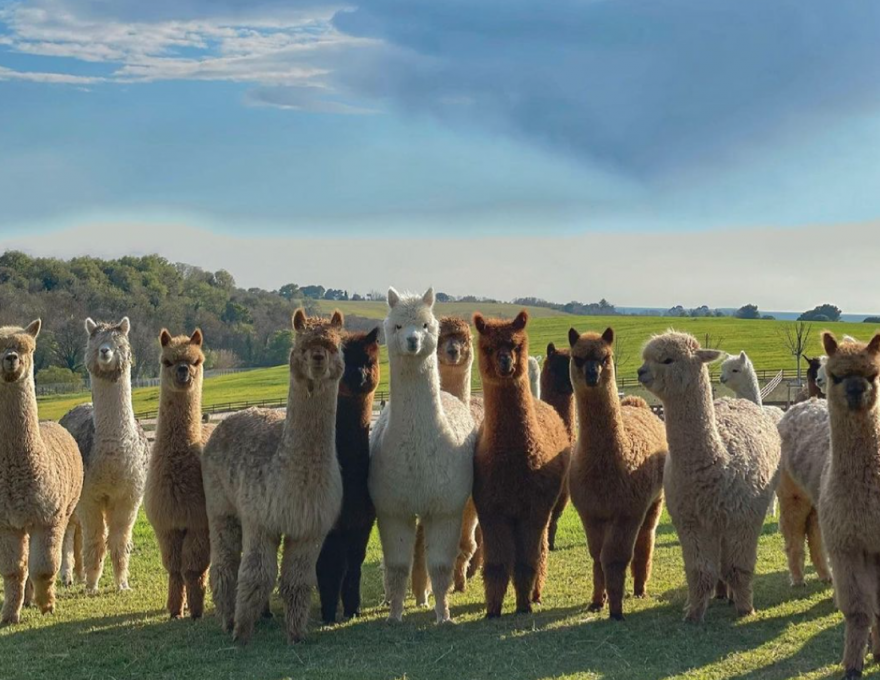
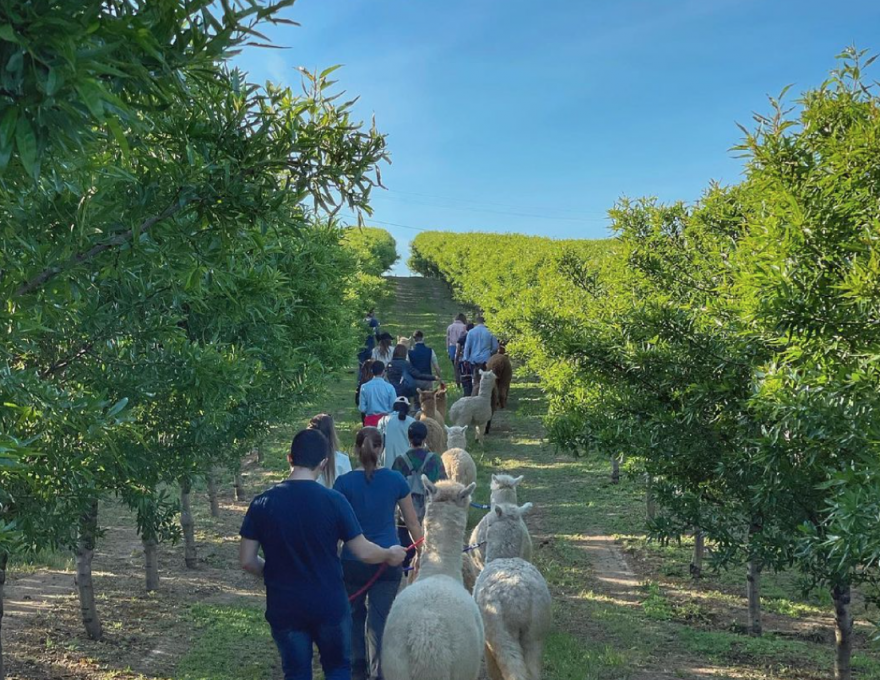
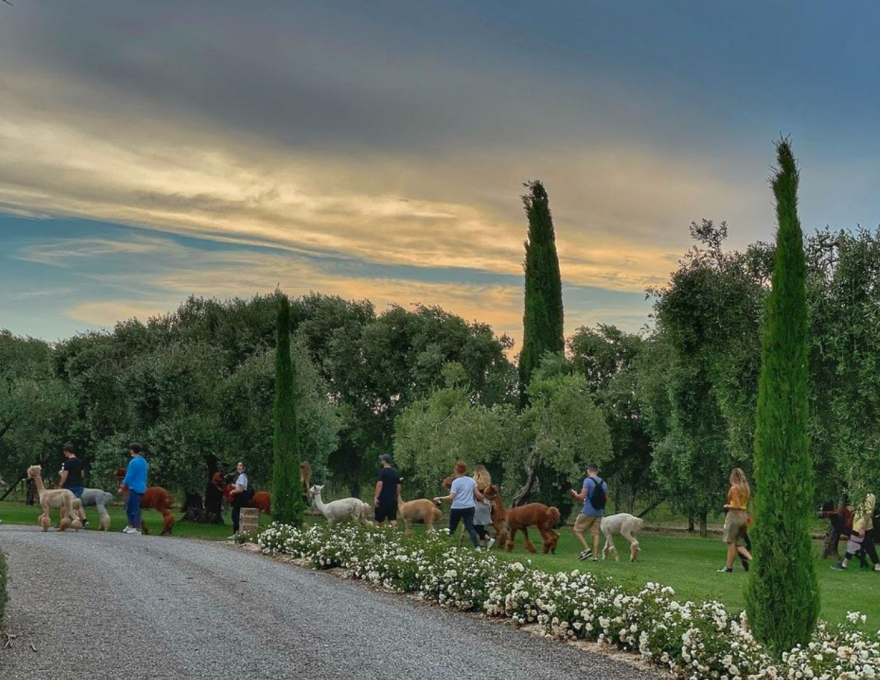
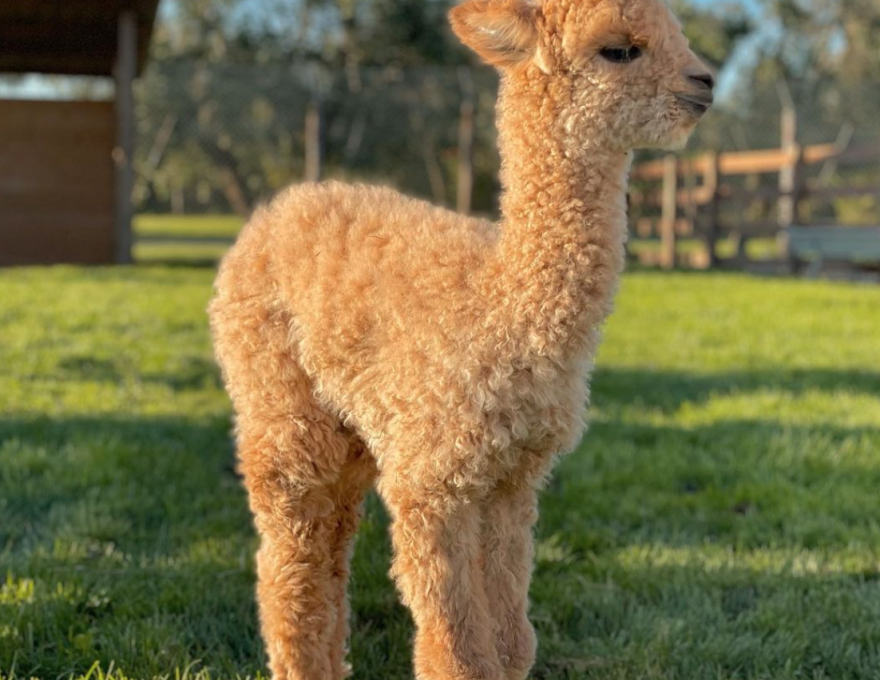
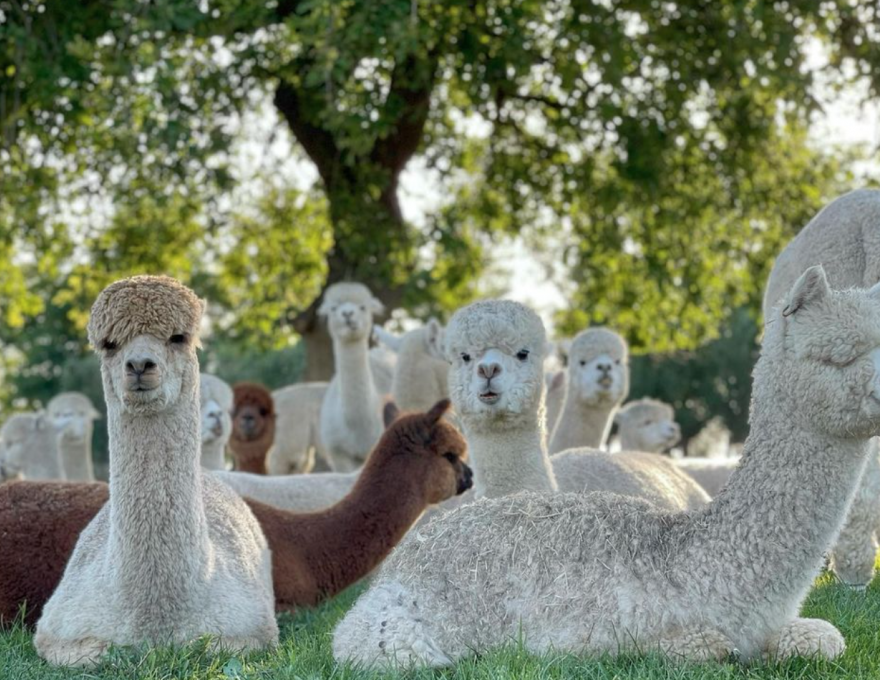
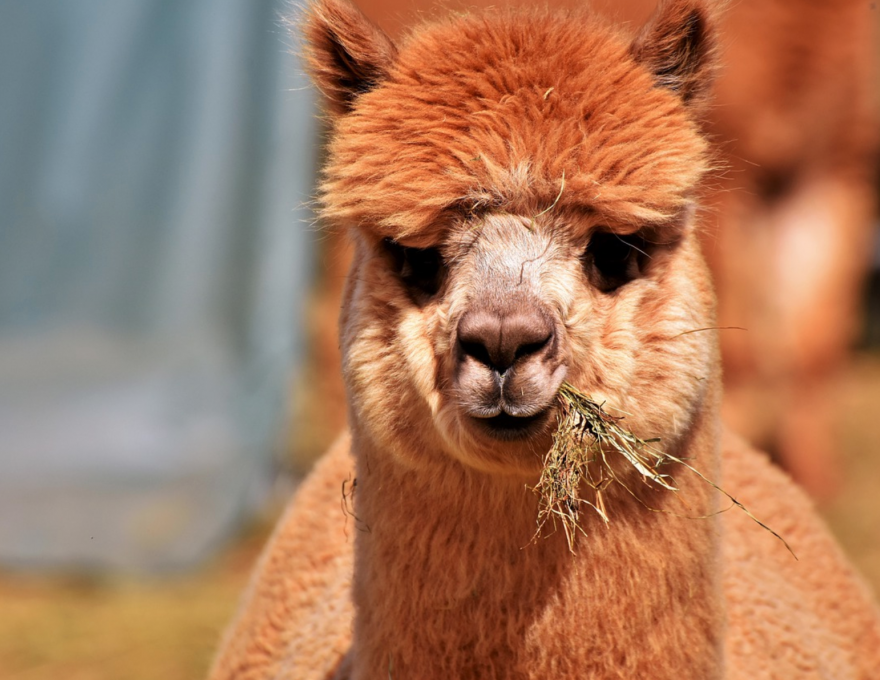
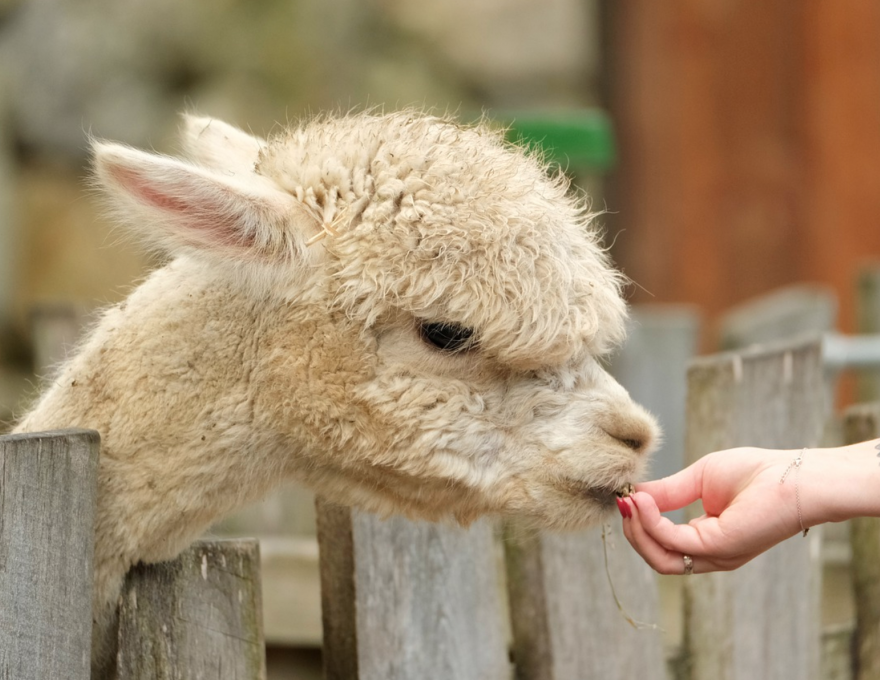
Sweet, Affectionate and Soft!"
Spend a day in nature with the Aplacas!
The guided tour will take place inside the farm, embedded in our pristine farm.
Necessary information:
- on arrival you will receive socks to wear for the duration of the guided tour
- no accompanying animals are allowed, participate with bicycles, tricycles, scooters and wheeled vehicles in general, use drones and bring umbrellas.
- we recommend that you wear clothing/shoes suitable for the type of context (agricultural, dirt roads, presence of vegetation) and in any case appropriate for different weather situations
Some interesting facts:
The alpaca is a camelid native to South America, where it has been bred for more than 4,000 years, belonging to the llama, vicuña and guanaco families.
Since ancient times, some 4,000 years ago, alpacas were raised as domesticated animals by the Incas for their wool, hides and meat.
Alpacas risked extinction as it was preferred to make pastures available to flocks of sheep and to use horses.
So it was that to save the alpacas that survived extermination, Peruvians relocated the animals to extremely higher altitudes where the sheep could not live, thus accustoming the alpacas to the climate of the Peruvian Andes, enduring frigid temperatures at night and hot temperatures during the day, with a reduced oxygen rate.
Only recently, in the second half of the 1900s, was there a rediscovery of this fiber and the governments of Peru, Chile Bolivia imposed alpaca as a luxury wool by agreeing to lower restrictions on the export of alpacas to the world.
Alpacas were exported to Australia, New Zealand, the United States, and Canada, and breeders in these nations began to invest in these animals and in the production of a high-quality fiber

